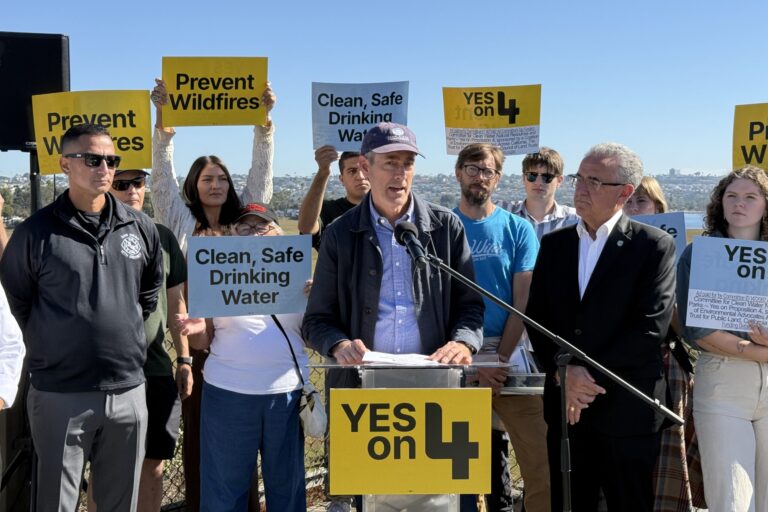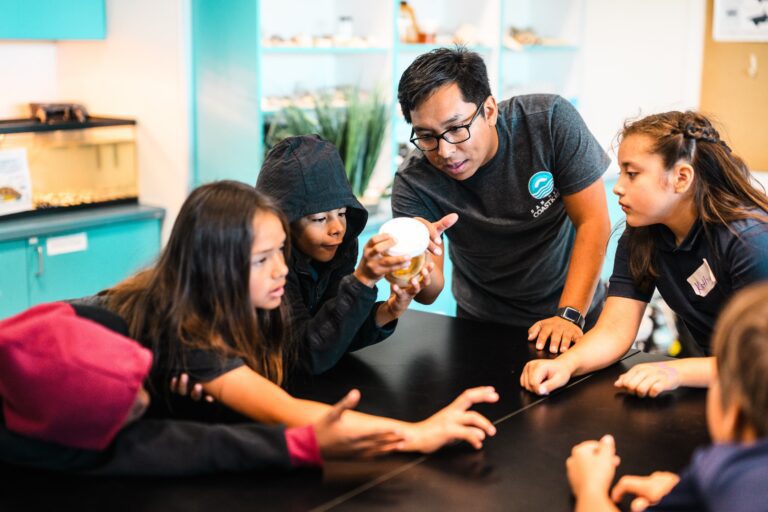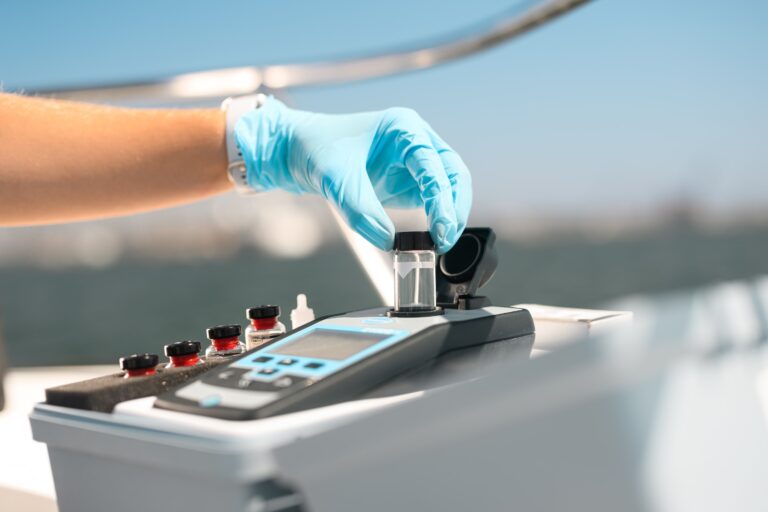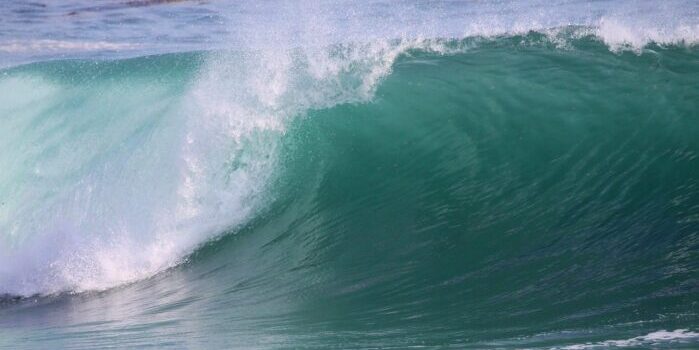Is my tap water safe to drink is probably the most frequent question I hear when I tell people I do water quality monitoring. Here at Coastkeeper, we monitor inland water quality in our rivers and streams, but I just got my copy of the Annual Drinking Water Quality Report from the City of San Diego. There is a ton of acronyms and jargon terms, so I thought I’d help you look through it.
Acronyms and Jargon
This box below shows the different jargon terms and acronyms the labs use in their reporting. Here are the important ones:


- Action Level: For certain contaminates, such as lead, the EPA sets maximum concentrations that are safe levels for human consumption. If the treatment plant tests the water at or above these concentration levels, the facility must take action to fix the problem and lower the concentration levels.
- CA SMCL – California Secondary Maximum Contaminate Level: These are non-mandatory guidelines set by the State of California. These guidelines are not enforced; there is no penalty for going over them. They are generally measuring aesthetic qualities like taste, odor and color. They help the treatment facility operators have something to shoot for.
- MCL – Maximum Contaminate Level: Much like the Action Level, this sets the maximum level a contaminant can reach in the water.
- MCLG – Maximum Contaminate Level Goal: This is the real goal of the treatment plant. This is the level at which the contaminate has no health risks associated with it. The difference between the MCL or the Action Level and the MCLG is a bit confusing. Let’s look at lead to see how it works. The action level is 1.3 mg/L but the goal is 0.3 mg/L. The treatment facility wants to get the lead concentrations down to 0.3, but it may be impossible to bring the levels down to that level. The 1.3 is the enforceable standard; the 0.3 is what we would like it to be.
Most everything else you can ignore for now.
Also, since I live in the city of San Diego, I’m looking at its water quality report, but every city in our county will also have one. Use Google to search for your city’s Drinking Water Quality Report or look through your recent mail.
How did the City of San Diego’s drinking water rate?
The drinking water at my house is pretty good! Here are the numbers I’m looking at:
Total Coliform Bacteria:
![]()
![]()
This is the same bacteria Coastkeeper’s water monitoring program tests. This indicates that there is something in the water that could make you sick, like sewage cross contamination. As you can see, the Maximum Contaminate Level was less than 5% of samples containing these bacteria. On average 0.1% did. That’s pretty significantly below the standards.
Lead:


The Action Level for lead is 15 ppb (parts per billion) and the goal is 0.2 ppb. Let’s get a visualization of how small a part per billion is. One ppb is about equal to a drop of water in an Olympic swimming pool. It’s a super small number. Because lead is so toxic, they don’t just report the average concentration. They report the concentration that is above 90% of all the samples (90th percentile concentration). In this case, their tests did not detect any lead at all in 90% of the samples and only 3 total samples had concentrations of above the Action Limit. This test was done at residence’s tap, not at the plant. So this takes into account lead added from old lead pipes. If your house is relatively new, this shouldn’t be a problem.
Odor and Color:


Odor and color were both either very low, or below the test’s detection limits. These are not dangerous, but I’m glad our water doesn’t have much flavor or smell.
I personally am not too concerned about many of the other tests, but as you go through the report yourself, you can see everything is generally pretty low and well below the standards set by the EPA or the state.
Would you drink the tap water?
I hear this question all the time, and my answer is an emphatic yes! I drink tap water every day. San Diego’s tap water is safe, clean and inexpensive. The bottled water companies do not have to publish these reports, so I have no idea how safe it really is. Tap water is more environmentally friendly; it doesn’t have to be packaged up in single-use plastic bottles. Bottled water is also more expensive the gasoline whereas a glass of tap water is practically free.
















